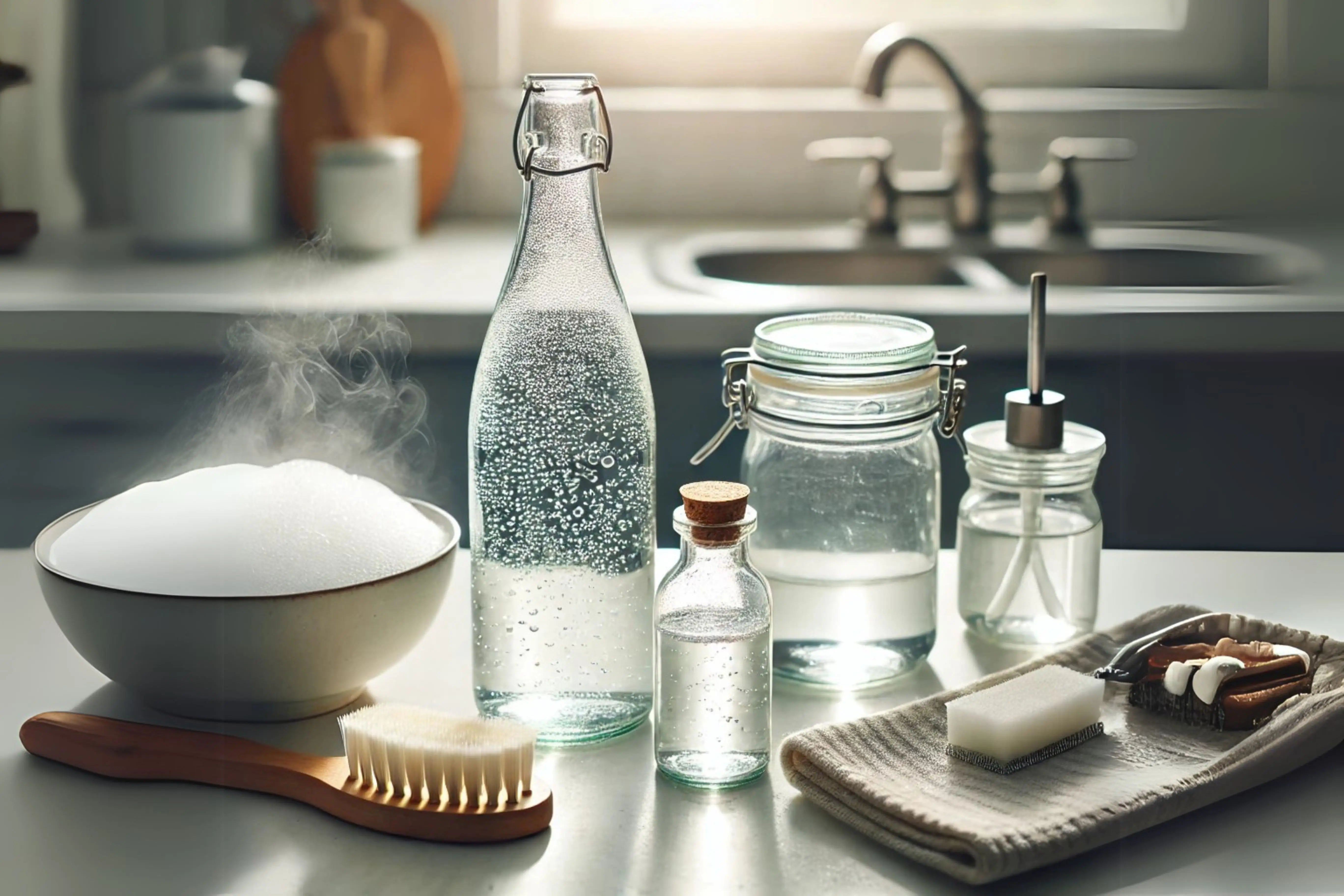Spray bottles are everywhere—used in homes, salons, and businesses for everything from hair products to cleaning solutions to personal care products. But while they might seem like simple tools, spray bottles only work well when they’re used and maintained correctly. A non-functioning spray bottle can slow down your workflow, waste product, and even lead to cross-contamination.
Today, we’ll walk you through how to use and maintain sprayers for bottles so you get a consistent spray, better performance, and longer-lasting results—whether you’re dealing with traditional spray bottles, mist sprayers, or continuous spray bottles.
Also read: Understanding Different Bottle Sprayers
1. Before You Start: Proper First-Time Use
Before using a sprayer for the first time, especially if it's a reusable spray bottle, flush it with clean water or soapy water. Manufacturing dust, residual oils, or even debris in the dip tube or spray mechanism can cause clogs or misfires right out of the gate.
- Prime the pump: Squeeze the trigger lever several times to build up air pressure inside the chamber and activate the pump mechanism.
- Ensure adequate pressure level: For a continuous mist spray bottle, it may take more pumps to achieve a steady liquid stream.
- Check the spray nozzle and adjustable nozzle settings to make sure they’re in the proper position for your intended spray pattern (wide mist, narrow stream, etc.).
2. How to Keep Bottle Sprayers in Top Condition
Regular Cleaning Matters
Whether you're working with bulk cleaning products or delicate personal care products, regular cleaning of your spray bottle is a must—especially if you change out the liquid contents.
Daily or Routine Maintenance
- Rinse the bottle and dip tube with warm water (or hot water, if needed) to remove residue from thicker products.
- Spray clean water through the actual spray hole for 10–15 minutes to flush the system.
- Avoid letting products sit for extended periods, which can clog the nozzle piece or form buildup inside the valve cup or ball valve.
Deep Cleaning (Weekly/Biweekly)
- Disassemble the sprayer (if possible) and soak parts in soapy water.
- Use a thin needle or small pin to gently clear out any clogs in the nozzle valve.
- Rinse and let all parts air dry before reassembling.
Pro tip: For mist spray bottles, a vinegar-water solution can dissolve oil buildup without damaging plastic components.
3. Troubleshooting Common Spray Bottle Issues
Even high-quality resistant trigger sprayers or mist trigger sprayers can run into problems. Here's how to fix the most common ones:
A. Sprayer Won’t Spray
This can be caused by:
- A blocked dip tube
- Dried product in the spray nozzle
- A stuck one-way valve inside the pump action system
Fix it: Soak the sprayer in warm, soapy water. Then pump clean water through the nozzle to flush out the blockage. You can also backflush by pulling the trigger lever while the nozzle is submerged in clean water.
B. Leaky Sprayer
Leaks usually come from:
- Loose or cracked fittings at the bottle neck
- A faulty safety valve or pressure buildup
Fix it: Check the thread style of the cap and make sure it's tightly secured. Inspect for cracks in the housing or valve cup—replace if needed.
C. Weak or Uneven Spray
A weak spray pattern might be due to:
- Partial clogs
- Air under pressure not reaching the correct pressure differences for a consistent spray
- Buildup in the nozzle piece or along the sprayer dip tubes
Fix it: Clean the nozzle and re-prime the pump. Replace if the flow rate doesn’t improve.
D. Sticky Trigger
Caused by dried hair products, oils, or other thicker products.
Fix it: Soak in hot water and work the trigger lever until it loosens. Lubricate with a drop of clean vegetable oil if needed (avoid petroleum-based options—they degrade plastic).
4. Maintenance Tips for Specific Liquids
Different types of spray bottles and products require slightly different care:
- Alcohol-based cleaning liquid: These can dry out seals and degrade cheap plastic. Use reusable spray bottles made of high-quality materials and rinse after use.
- Essential oils & hair products: Oils tend to clog nozzles. Stick with misting spray bottles or standard trigger sprayers with wide pathways.
- Cleaning products: Avoid mixing chemicals, and rinse thoroughly between uses. Don’t leave product in disposable spray bottles for weeks.
When in doubt, always test new liquids with the bottle to ensure compatibility and avoid damaging the spray mechanism.
5. When to Replace Your Sprayer
Sometimes, maintenance isn’t enough—especially with traditional sprayers that have been used hard or incorrectly stored.
Replace your sprayer when:
- The pump action fails even after cleaning
- Cracks appear near the bottle neck or housing
- You notice persistent leaks, weak flow, or inconsistent spray pattern
- The constant flow valve or adjacent spray patterns are off despite adjustment
Note: There’s no shame in swapping out worn parts. Many businesses use reusable spray bottles but replace sprayers regularly to maintain optimal performance.
6. Maintenance Checklist for Busy Teams
Here’s a quick checklist you can use in your workspace (print it, laminate it, live by it):
✅ Rinse sprayers with clean water after each use
✅ Flush the dip tube weekly with soapy water
✅ Soak nozzles in vinegar monthly to prevent oil buildup
✅ Check for leaks and cracks during refill
✅ Store bottles upright and away from heat or direct sun
✅ Label your packaging labels with last cleaned date for each bottle
7. Conclusion
Keeping your spray bottles clean and functional doesn’t have to be complicated. With a few simple habits—like regular cleaning, proper storage, and occasional deep maintenance—you can avoid clogs, leaks, and wasted product.
Whether you’re working with conventional spray patterns for household cleaning or managing fine mist spray bottles for personal care products, taking care of your sprayers helps protect your products and keeps your workflow running smoothly.
Looking for durable sprayers and easy-to-maintain bottles?
Browse high-quality packaging at The Bottle Depot today!




